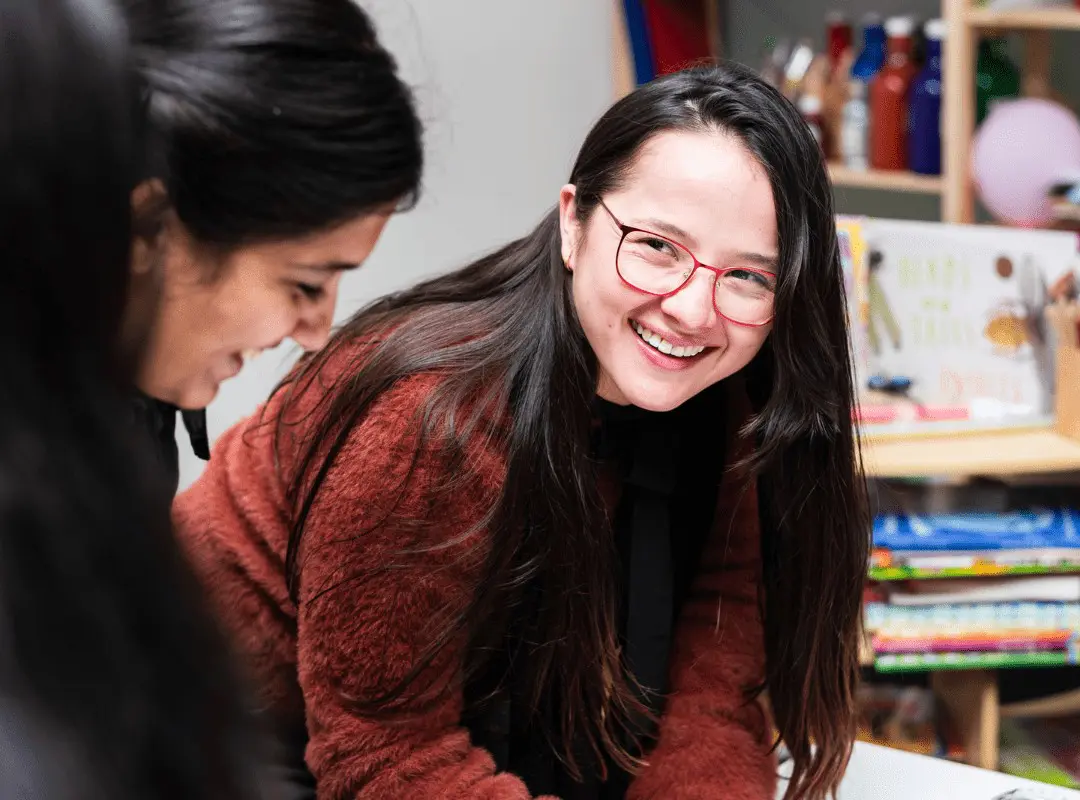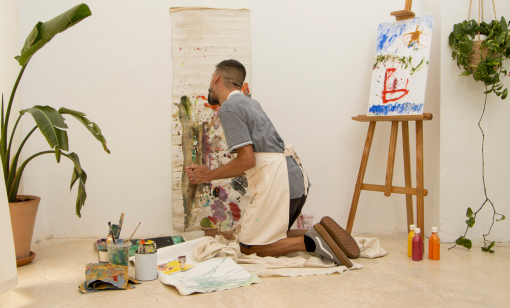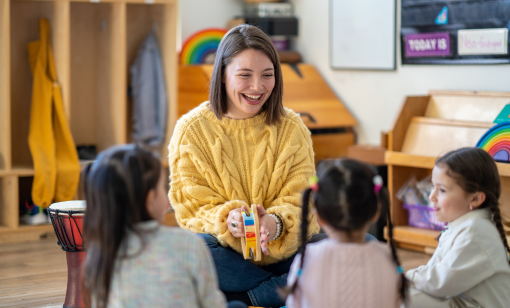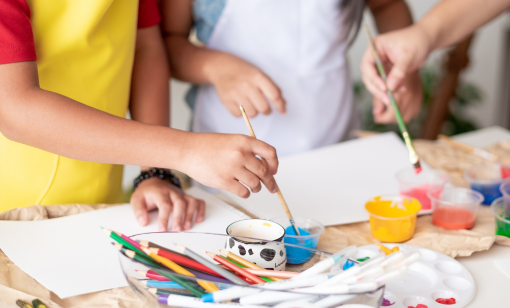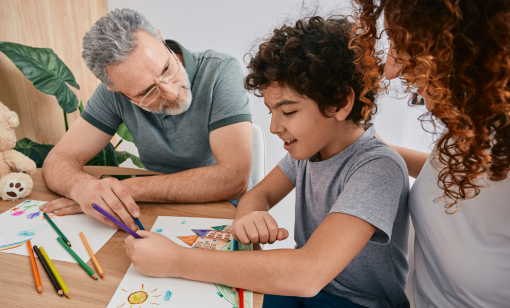5 Myths about Arts Therapy
Arts Therapy is a powerful, therapeutic approach that uses creative processes to support emotional, psychological, and social wellbeing. Arts therapy is often misunderstood, leading to common misconceptions about who it’s for, how it works, and what it can achieve. To help clear up these misunderstandings and highlight its true potential, let’s take a closer look at five common myths about arts therapy — and reveal the realities behind them.

Myth 1: “Arts Therapy is just like an art class, where you learn to make art”
Reality: Arts therapy isn’t about creating “perfect” artwork – it’s about using creativity as a powerful tool for healing, self-discovery, and communication. Arts therapy supports emotional wellbeing by helping individuals express thoughts and feelings that may be difficult to put into words, making it especially helpful for those who struggle with traditional talk therapy. Through the creative process, arts therapy encourages self-expression, builds self-awareness, and promotes personal growth.
Myth 2: “Art Therapy is just for artists”
Reality: You don’t need any artistic skill or prior experience to benefit from arts therapy. What matters is being open to using creativity as a way to explore your thoughts, connect with yourself, and support your emotional wellbeing. In arts therapy, there is no judgment about the quality of your artwork — there is no “right” or “wrong” way to create art.
Many people have been told at some point that they are “bad at art” or “can’t draw.” This can actually become a meaningful topic to explore during an arts therapy session, but it never prevents anyone from participating or experiencing its benefits. In fact, people with little or no art experience often find arts therapy to be especially liberating, insightful, and empowering.
Myth 3: “Art Therapy is just for kids or people who can’t communicate“
Reality: Arts therapy is a powerful therapeutic approach for people of all ages. It engages children, teens, adults, and seniors in a creative and transformative process that supports emotional expression and personal growth. Children are often especially responsive to arts therapy because it allows them to play, explore, and problem-solve without relying solely on words.
While arts therapy is highly beneficial for individuals who find verbal communication difficult or overwhelming, it is not limited to these groups. Talking about the creative process can be an important part of each session, helping clients reflect and gain deeper insight. Professional art therapists are trained to tailor their approach to each client’s age, needs, and abilities, making arts therapy a truly inclusive and flexible form of support.
Myth 4: “Art Therapists know what you are thinking by looking at your artwork“
Reality: No one can know what you’re thinking just by looking at the art you create in an arts therapy session. An art therapist works collaboratively with you to explore and understand the meaning behind your images, often combining visual and verbal techniques.
There can be multiple ways to interpret artwork, and a skilled art therapist will offer ideas and reflections for you to consider — never telling you what you “must” think or feel. Their role is to be a respectful, supportive partner in your therapeutic journey, not a detective searching for hidden secrets.
Myth 5: “Anyone can call themselves an Art Therapist because it isn’t a real type of therapy“
Reality: Arts therapy is a nationally accredited and evidence-based profession. Qualified art therapists receive advanced training in psychotherapy, creative processes, and therapeutic practice to ensure safe and effective support. Arts therapy has been a recognised profession for over 50 years, with training and practice guided by professional associations and standards.
There is a growing body of research supporting the effectiveness of arts therapy worldwide. It is used to help people manage depression, anxiety, relationship challenges, grief, life transitions, spiritual distress, and other mental health concerns — offering a creative and holistic pathway to healing.
Considering a Career as an Arts Therapist?
At Ikon Institute of Australia, we proudly offer the only Bachelor of Art Therapy course in the country, dedicated to training the next generation of compassionate and skilled therapists. Our graduates may qualify for tier membership with ANZACATA, the leading professional body for creative arts therapists across Australia, New Zealand, and the Asia/Pacific region. Additionally, Ikon provides a Diploma of Art Therapy to help you launch a fulfilling and impactful career.
Enjoyed exploring these five myths about Arts Therapy? At the Ikon Institute of Australia, we’re dedicated to empowering individuals to create life-changing futures. We achieve this by nurturing curiosity and personal growth through meaningful learning experiences in our courses in Arts Therapy, Counselling and Psychotherapy, Community Services and Early Childhood Education.
Something else worth reading
-

How to become a Counsellor
Have you always been passionate about helping others? Thinking about trading in your desk job for a rewarding career? Discover how to become a counsellor and start your journey toward a meaningful career in counselling and psychotherapy.
-

5 Myths about Arts Therapy
Arts Therapy is a powerful, therapeutic approach that uses creative processes to support emotional, psychological, and social wellbeing. Arts therapy is often misunderstood, leading to common misconceptions about who it’s for, how it works, and what it can achieve.
-

Demand in the Early Childhood Education Sector
Australia’s Early Childhood Education sector is experiencing steady growth, with the number of Early Childhood Teachers (ECTs) projected to increase by 21.6% by 2026, according to NSC Report by the Australian Government and the National Skills Commission.
-

Ten Important Attributes of a Counsellor
Have you ever wondered what makes a truly competent, career-ready counsellor? Is it their knowledge, the qualifications they have completed, where they studied, or the amount of supervised practice they’ve had?
-

Do I Need to be Skilled at Art to Study Arts Therapy?
It is a common misconception that you require artistic qualities to enrol in arts therapy courses. The beauty of arts therapy is that it’s not about creating a masterpiece. Instead, it’s about the process of using different creative mediums – such as drawing, collage, clay, music, or movement – as tools for expression. It is…
-

What is Art Therapy?
You might know what “art” and “therapy” are on their own, but arts therapy combines them into a powerful therapeutic approach that helps individuals express themselves creatively when words alone aren’t enough.
